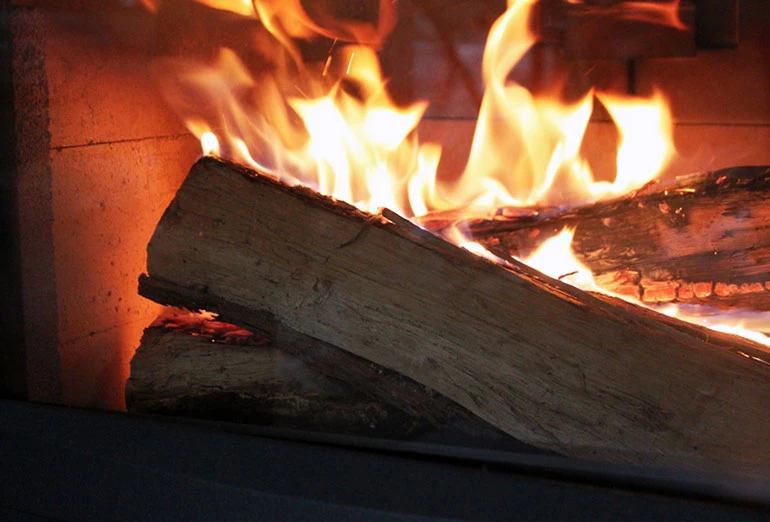How to Start a Wood Fire
Fireplaces and wood stoves are a staple of many residential homes. But for many, the art of how to start a fire in these appliances is unfamiliar. While stoves and fireplaces were the primary way people heated their homes before central air furnaces were commonplace, these appliances are new territory for many. The sound and warmth of a real wood fire are difficult to match and often calls to mind thoughts of family gatherings and relaxing evenings. Building a wood fire in a fireplace or stove can become a frustrating experience for anyone not familiar with the proper methods. One common mistake people make is not knowing the difference between starting a fire in an open fireplace and starting one in a wood stove. These two groups of appliances require different skill sets.
How to Start a Fire in a Fireplace
One of the first things to consider when learning how to build a fire in an open fireplace are the varied fireplace configurations. The three most common configurations are:
- Gas log lighter equipped fireplaces
- Pre-fabricated fireplaces
- Masonry fireplacesÂ
Masonry fireplaces without a log lighter can be built as "bottom-up" or a "top-down" type of fire. The configuration changes how to light a fireplace and we will discuss how to build a fire in a fireplace appropriate to each configuration below.Â
Gas Log Lighter Fireplaces
Fireplaces that are equipped with a gas log lighter are the easiest to start. A gas log lighter works by routing a gas line into the bottom, left, or right side of the fireplace, which then connects to a specialized burner or log lighter pipe. The log lighter is usually made of cast iron or steel. The log lighter has a series of holes arranged in a row that releases the fuel gas under the fireplace grate, and into the fireplace. The gas that releases pre-heats the logs before they can combust on their own.
With gas log lighter fireplaces, setting the logs in a "log cabin" pattern is best. Logs, from six to eight inches in diameter, should be placed in the fireplace parallel to the front before adding a second layer of logs on top at a 90-degree angle. No more than two layers of logs should be used, no matter how tall the fireplace is. This is because stacking any higher can result in dangerous shifting of the logs as they burn down. Shifting logs that are stacked too high may not be contained by the log grate, resulting in the logs escaping the fireplace. Safety is the number one priority when lighting a fireplace of any kind.
Bottom up fires (for prefabricated or masonry fireplaces without a log lighter) are fairly simple to start and maintain. These fires are best started with natural kindling, like small slivers of wood from fuel logs, softwood dimensional lumber cuttings, or small diameter twigs or sticks. The kindling should be dry and used in conjunction with loosely crumpled paper. Never use magazine or waxed paper with your kindling. The paper should be crumpled loosely and placed under the grate. Intersperse the kindling pieces among the crumpled paper, with the majority of it centralized beneath the grate. If you know your fuel logs to be properly cured and dry, they can be placed over the kindling in a pattern of your choosing before lighting the kindling fire. Whichever pattern is chosen, ensure that at least one inch of space is left between the logs to allow for oxygen flow.


